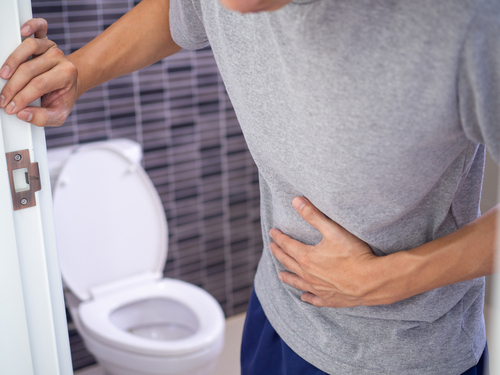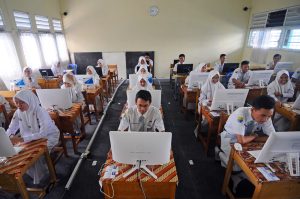Diarrhoea can strike when you least expect it, leaving you feeling weak and uncomfortable. In Asia, where dietary habits and sanitation practices may differ, understanding the causes of diarrhoea is essential.
Let’s delve into the top 10 reasons behind this unpleasant condition.
Contaminated Water and Food
A leading cause of diarrhoea in Asia is the consumption of contaminated food and water. According to the World Health Organization (WHO), approximately 88% of diarrhoeal cases globally are due to unsafe water, sanitation, and hygiene.
Poor Sanitation Practices
Inadequate sanitation facilities and practices in some Asian countries can lead to the spread of diarrhoea-causing germs. WHO reports that 673 million people still practice open defecation in Asia, increasing the risk of water contamination and diarrhoeal diseases.
Viral Infections
Viruses such as rotavirus and norovirus are common culprits behind diarrhoea. In fact, rotavirus is the leading cause of severe diarrhoea in children under five in Asia, accounting for up to 45% of cases.
Bacterial Infections
Bacterial infections like E. coli, salmonella, and shigella are also responsible for diarrhoea in Asia. Travellers’ diarrhoea, often caused by E. coli, affects millions of visitors to the region each year.
Parasites
Parasitic infections, such as giardiasis and amoebiasis, can cause diarrhoea when ingesting contaminated food or water. In Southeast Asia, the prevalence of intestinal parasites ranges from 10% to 60% in different countries.
Food Allergies and Intolerances
Food allergies and intolerances, such as lactose intolerance, can lead to diarrhoea. In Asia, lactose intolerance is particularly prevalent, with an estimated 90% of East Asians experiencing this condition.
Spicy and Unfamiliar Foods
Spicy and unfamiliar foods can cause diarrhoea for those unaccustomed to such cuisine. Capsaicin, the active ingredient in chilli peppers, can stimulate bowel movements and lead to diarrhoea in sensitive individuals.
Antibiotic Use
Antibiotics can disrupt the natural balance of gut bacteria, resulting in antibiotic-associated diarrhoea. In Asia, overuse of antibiotics is a concern, with studies showing up to 65% of patients receiving unnecessary prescriptions.
Stress and Anxiety
Psychological factors like stress and anxiety can trigger diarrhoea, as the gut-brain connection plays a significant role in digestive health. With increasing urbanisation in Asia, stress-related conditions are on the rise.
Gastrointestinal Disorders
Lastly, gastrointestinal disorders, such as irritable bowel syndrome (IBS) and inflammatory bowel disease (IBD), can cause diarrhoea. The prevalence of IBS in Asia ranges from 2.3% to 25.7%, while IBD is becoming more common, particularly in urban areas.
Treatment and Prevention Tips
To effectively manage and prevent diarrhoea, it is essential to take the following steps:
- Maintain good hygiene by washing hands frequently with soap and water, especially before handling food and after using the toilet
- Drink safe and clean water or use water purification methods when in doubt
- Consume well-cooked food and avoid street food or undercooked meals
Be cautious with spicy and unfamiliar foods if you have a sensitive stomach - Seek medical advice for appropriate antibiotic use and take probiotics when prescribed
- Manage stress and anxiety through relaxation techniques, exercise, and a balanced lifestyle
Consult a healthcare professional if you suspect food allergies, intolerances, or gastrointestinal disorders.
Conclusion
Understanding the causes of this condition is crucial to preventing and managing this distressing condition. By improving sanitation, ensuring access to clean water, and raising awareness about food safety and gastrointestinal health, we can work together to reduce the impact of diarrhoea in Asia.













